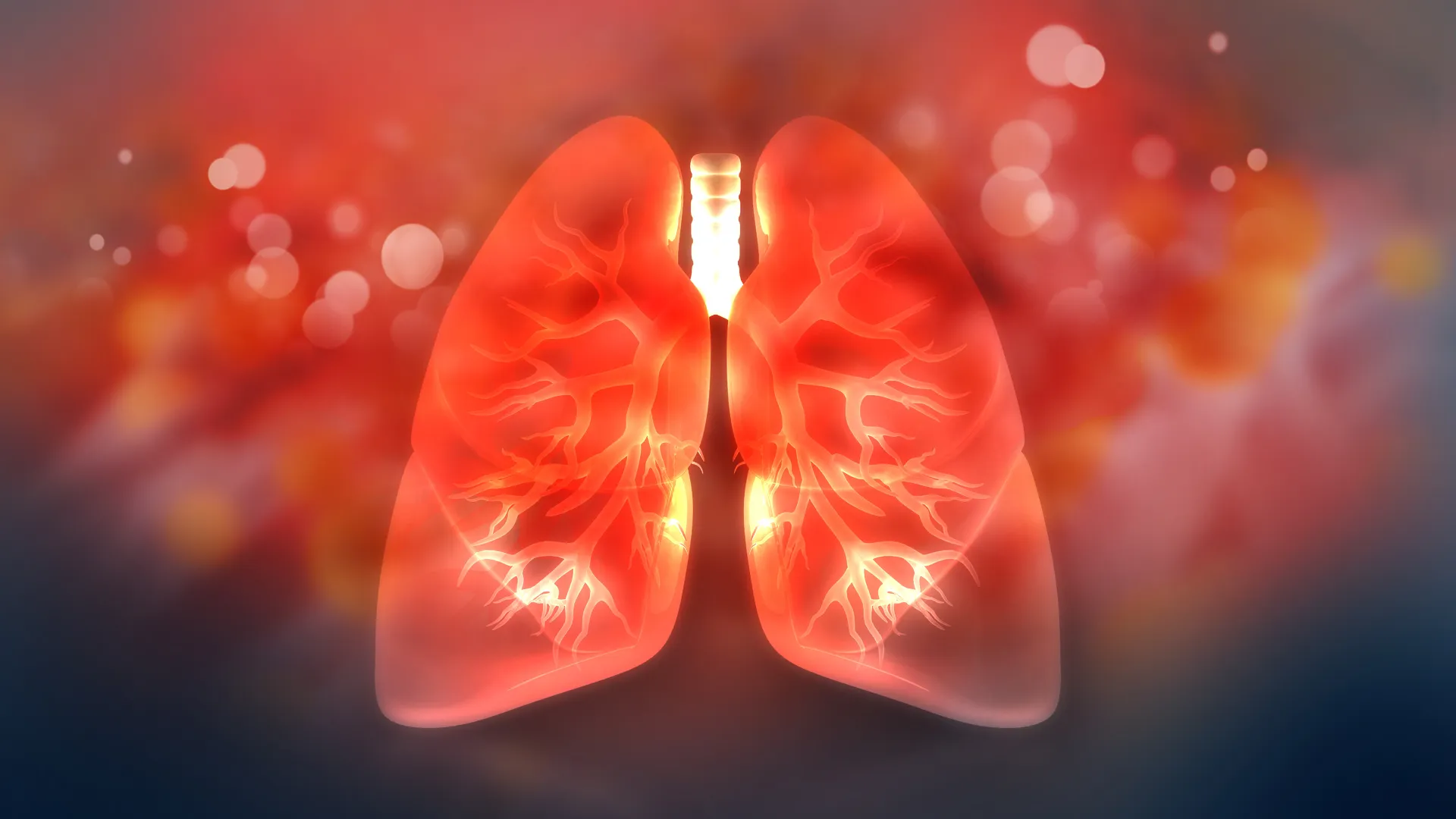Mesothelioma is a rare form of cancer that affects the thin membrane lining the lungs, abdomen, and other major organs in the body. This type of cancer is caused by exposure to asbestos, a fibrous material used in many building materials, insulation, and other products for decades. Over the past few decades, mesothelioma cases have been steadily increasing.
The primary cause of mesothelioma is asbestos exposure. Asbestos was used in many products for decades, most notably in construction and industrial applications. Unfortunately, asbestos fibers are easily inhaled and are extremely difficult to remove from the air once they have been released. As a result, many individuals who worked in these industries, or lived in homes with asbestos, have been exposed to the material without even knowing it.
The other major cause of mesothelioma cases is secondary asbestos exposure. This occurs when an individual is exposed to asbestos fibers that have been released by someone else. This is especially common in family members of those who worked in asbestos-related industries, as they may have been exposed to asbestos fibers that were brought home on their clothing or in other materials.
The increasing number of mesothelioma cases is also attributed to improved detection methods. In recent years, medical professionals have developed better methods for detecting mesothelioma in its early stages, which has allowed for more patients to be diagnosed and treated earlier.
Although mesothelioma is a rare form of cancer, the number of cases has been steadily increasing over the past few decades. This is primarily due to asbestos exposure, as well as secondary asbestos exposure and improved detection methods. As a result, it is important for those who may have been exposed to asbestos in the past to be aware of the potential risks and to seek medical attention if they experience any symptoms.
